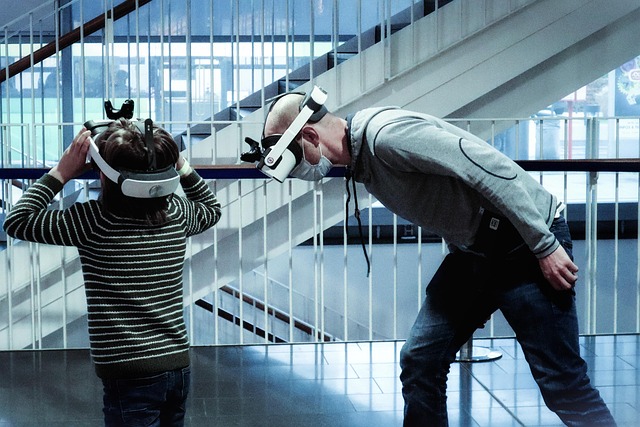In the ever-evolving landscape of technology, spatial interaction stands at the forefront, shaping how we connect with digital experiences through innovations like Virtual Reality (VR), Augmented Reality (AR), and the Metaverse. These technologies have begun to redefine our understanding of software interactions, offering immersive experiences that blend our physical presence with the digital realm.
Virtual Reality immerses users in entirely simulated environments, activating all five senses and creating an extraordinary sense of presence. Imagine placing a VR headset on and being transported to a fantastical world, or stepping into a virtual meeting room that feels as engaging as being there in person. Software developers are harnessing the power of spatial interaction to craft realistic simulations for education, training, and gaming, where users can interact in a 360-degree environment as if they are truly present. This leap into VR not only elevates entertainment but also transforms sectors like healthcare, where doctors train in virtual operating rooms before performing real surgeries.
On the other hand, Augmented Reality seamlessly integrates digital overlays onto our physical world. Think about how Pokémon GO brought virtual creatures into our parks and streets, compelling players to look through their mobile screens as they chased down fantastical elements in real locations. AR applications in retail allow customers to visualize products in their homes before purchase, creating a more engaging shopping experience. As software continues to evolve, spatial interaction in AR is becoming increasingly intuitive, allowing users to manipulate and interact with digital objects as easily as they would with the tangible ones around them.
Then we enter the Metaverse, an expansive universe where both VR and AR converge. It represents a collective virtual space where users can socialize, explore, and participate in shared experiences regardless of their physical location. Recent advancements in software development enable the creation of virtual economies, artists showcase their work in virtual galleries, and professionals conduct business meetings in digital landscapes. The concept of the Metaverse may still be in its nascent stages, but its potential for reshaping how we communicate and interact through spatial dimensions is immeasurable.
The integration of spatial interaction brings us closer to a future where our daily lives become intertwined with digital overlays. Whether it’s through gaming, learning, or simply socializing, the boundaries between physical and virtual realities blur, resulting in richer, more engaging experiences. As software grows more sophisticated, so too does our capability to navigate this paradigm shift, allowing for a broad array of applications that improve not only our entertainment but our productivity, creativity, and well-being.




